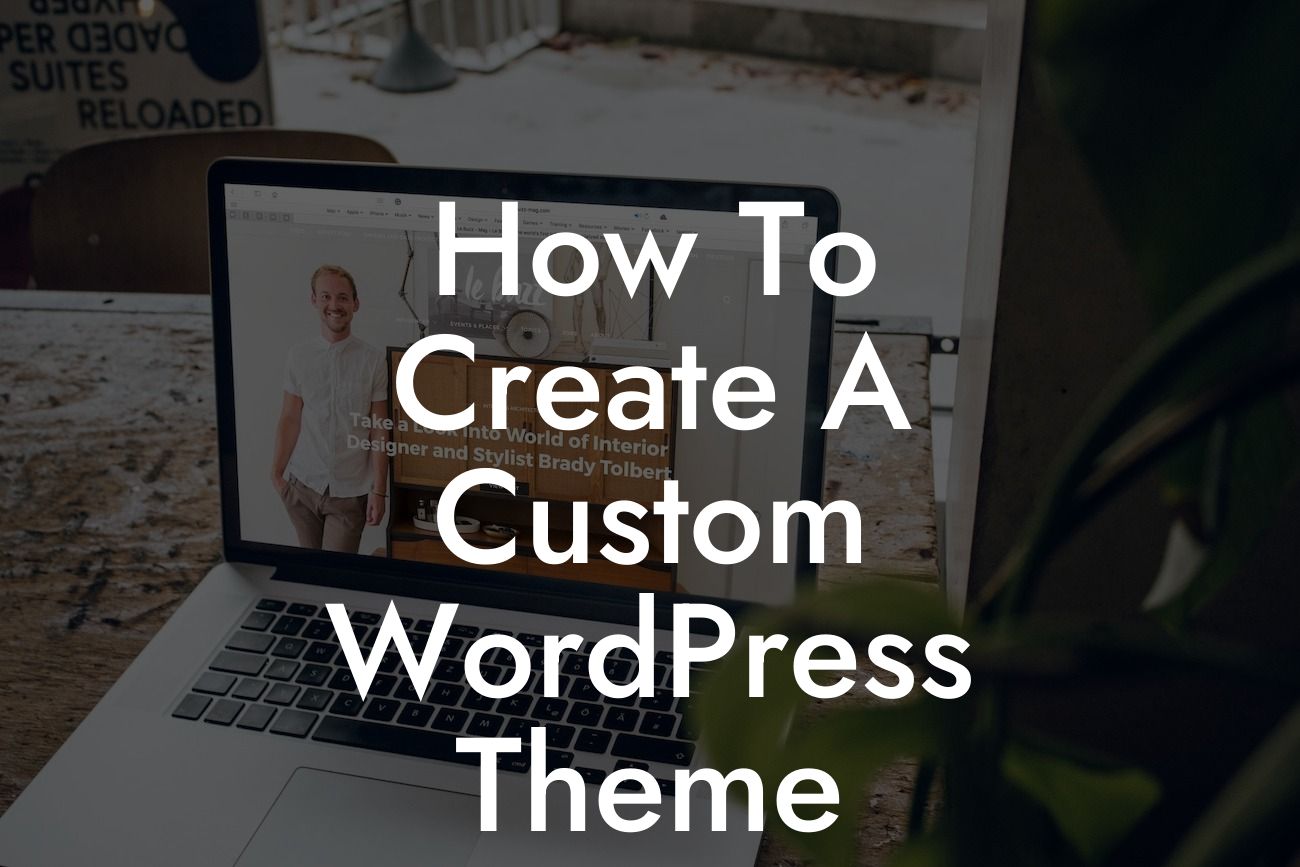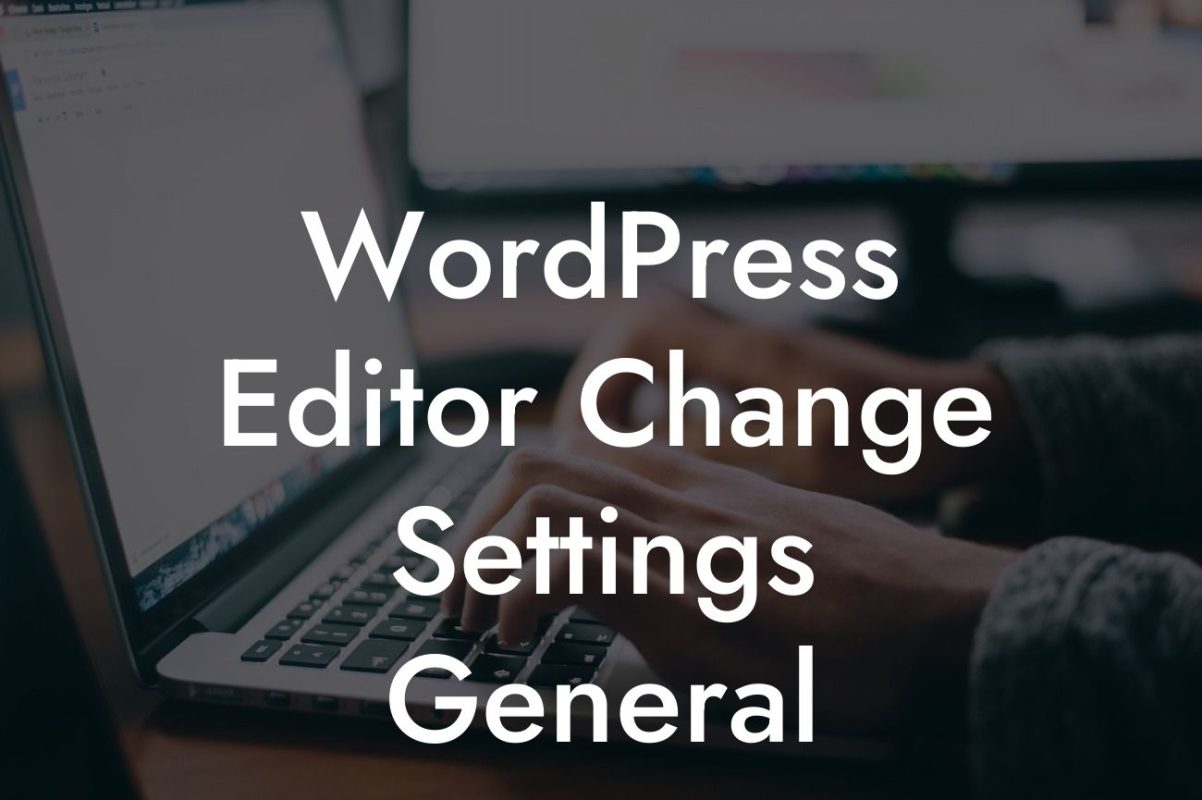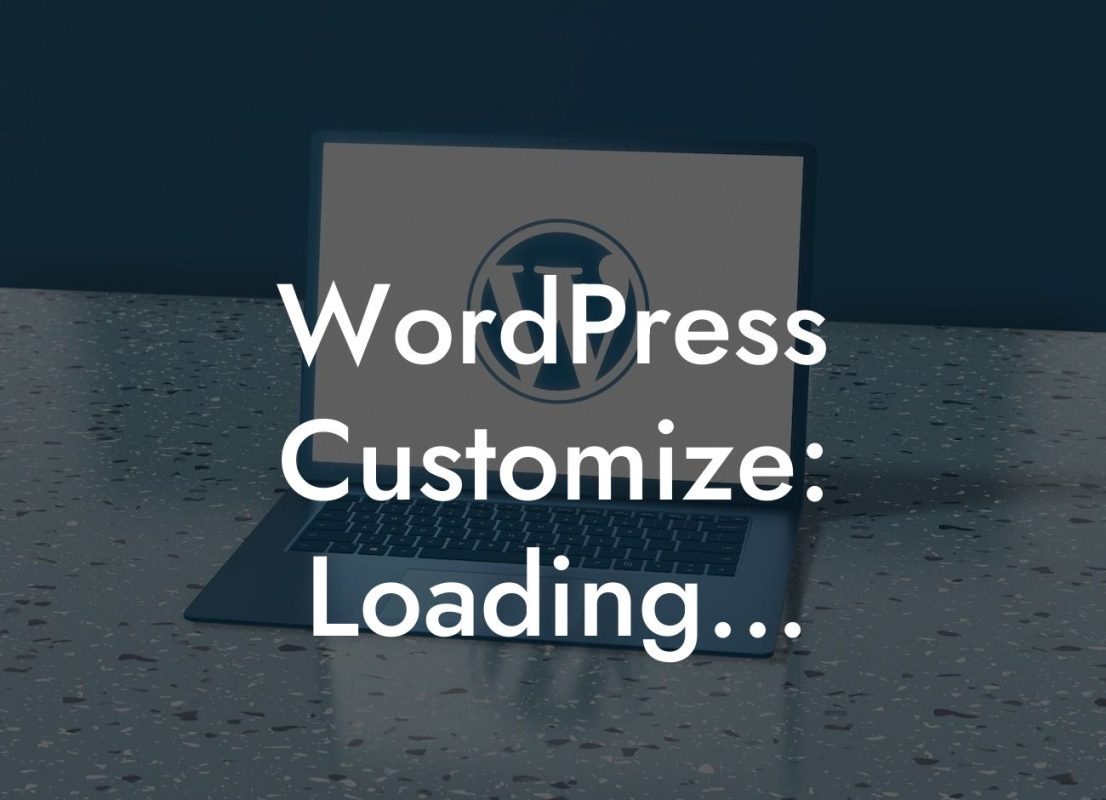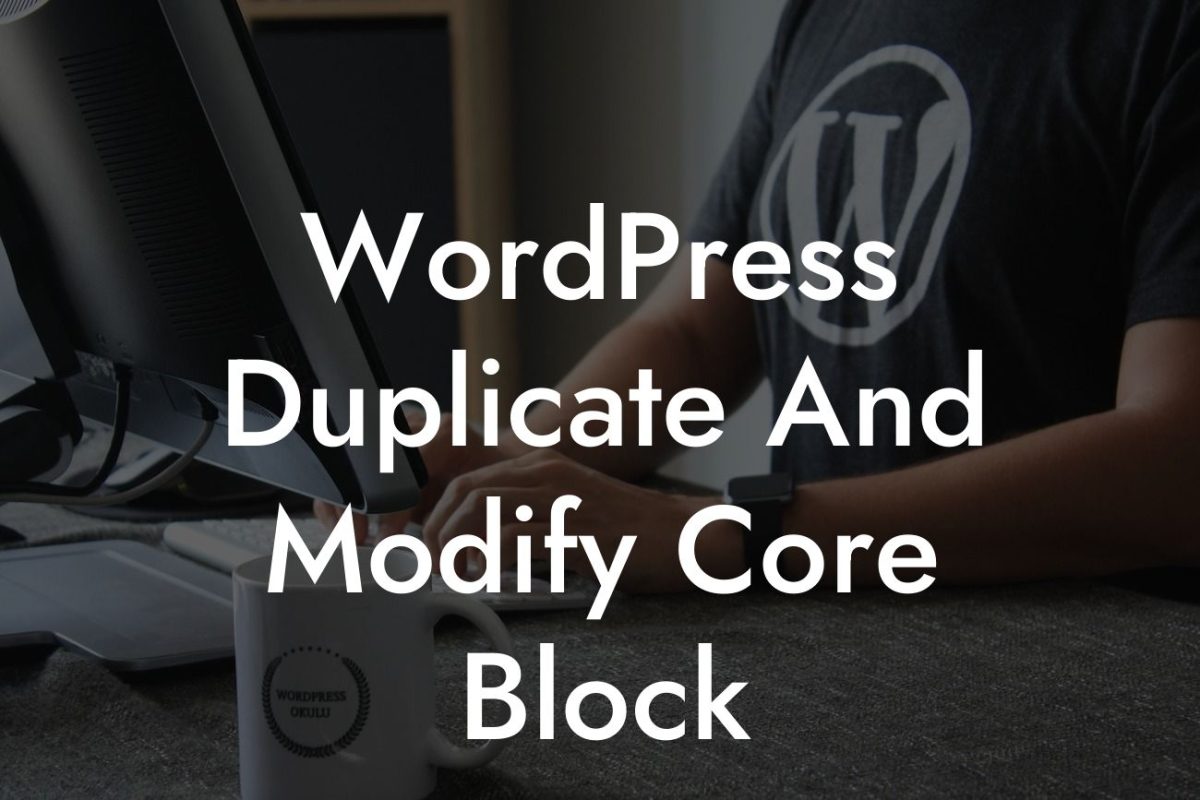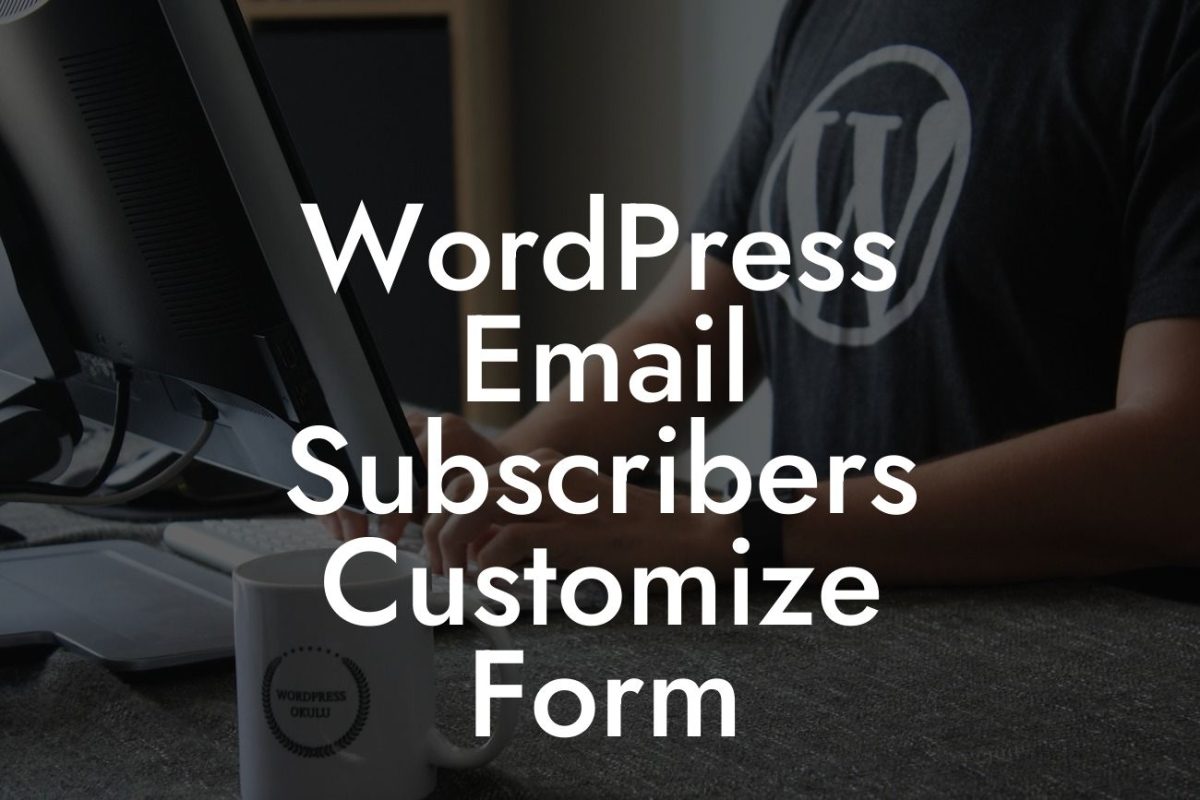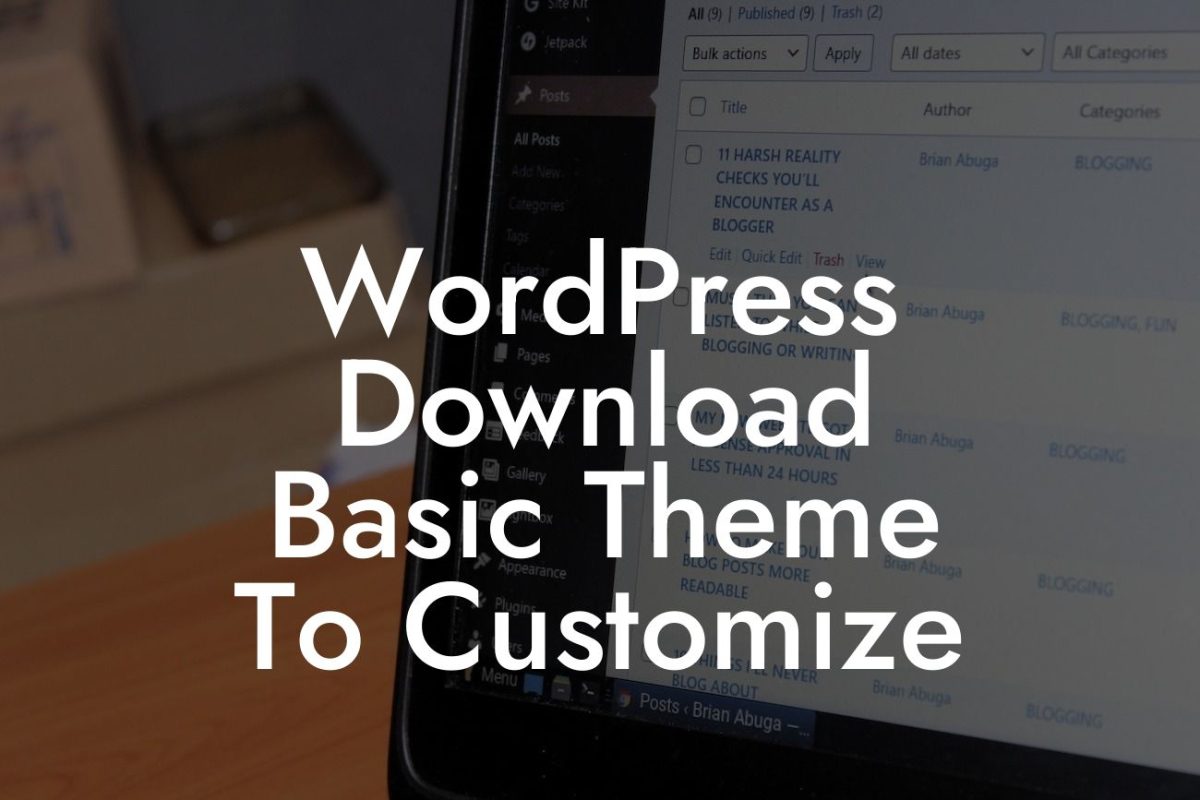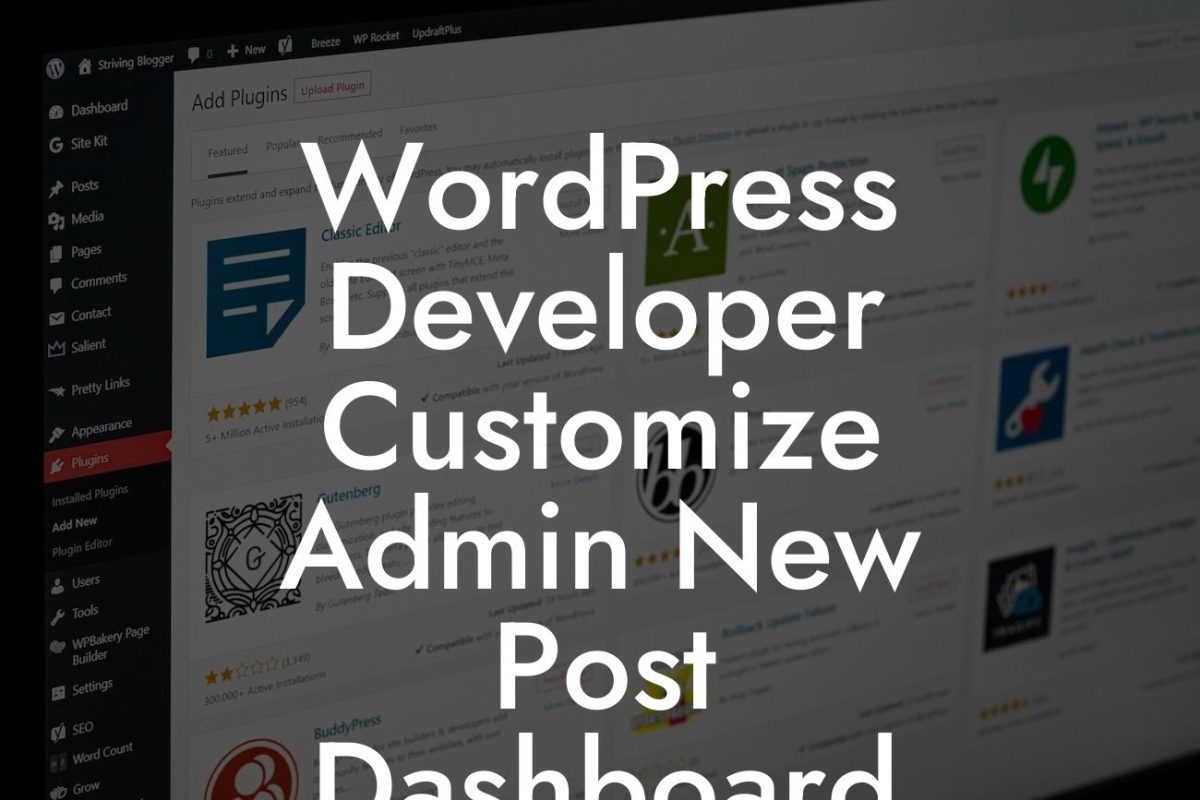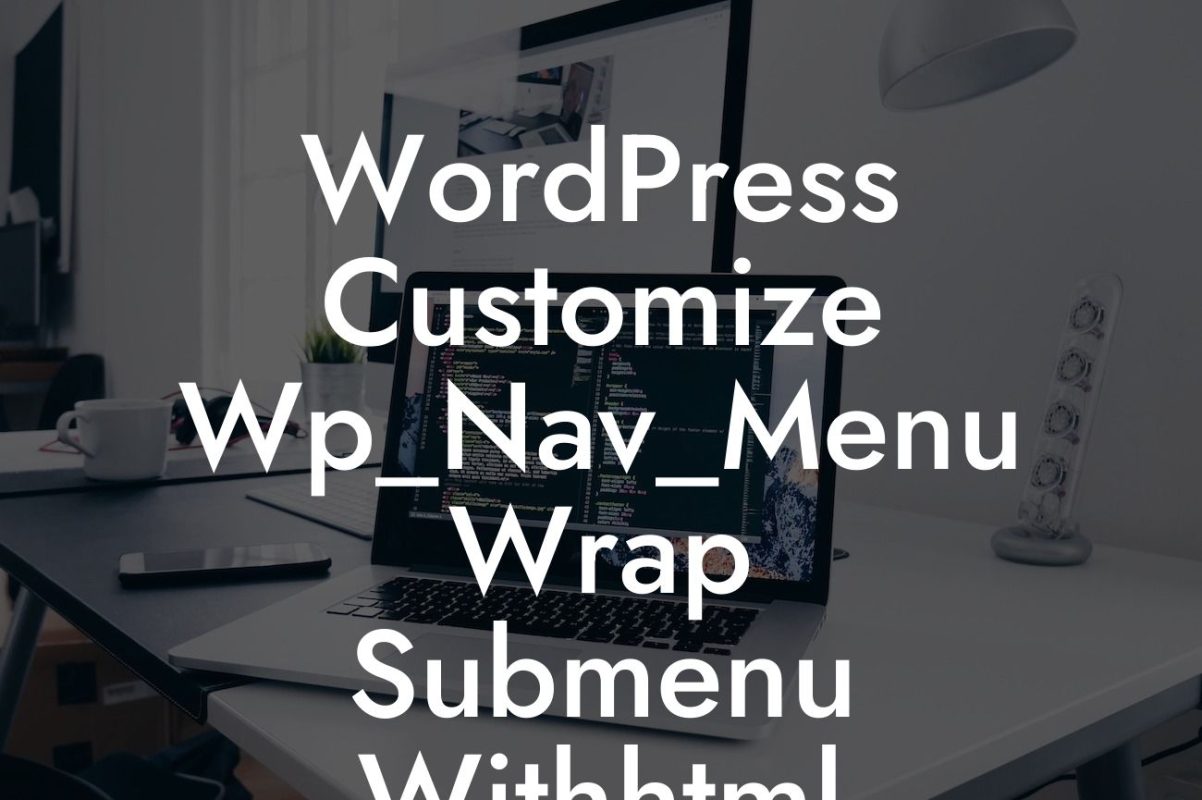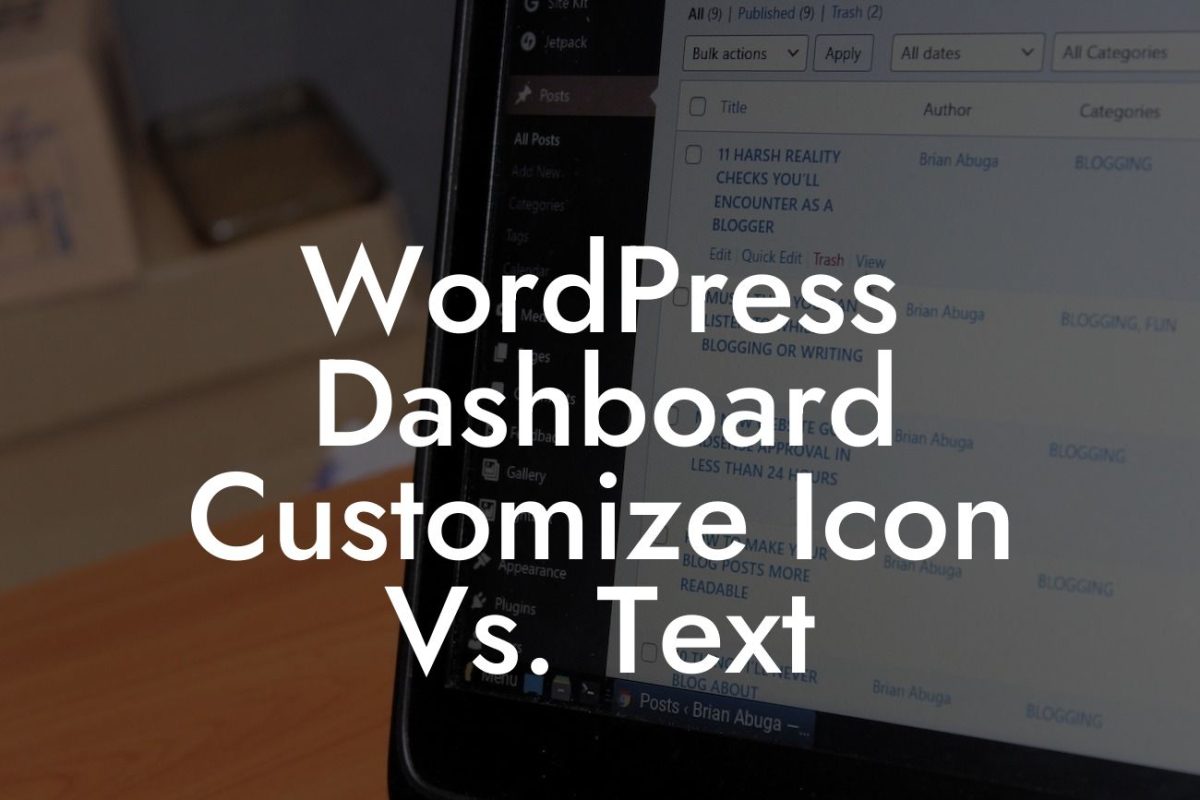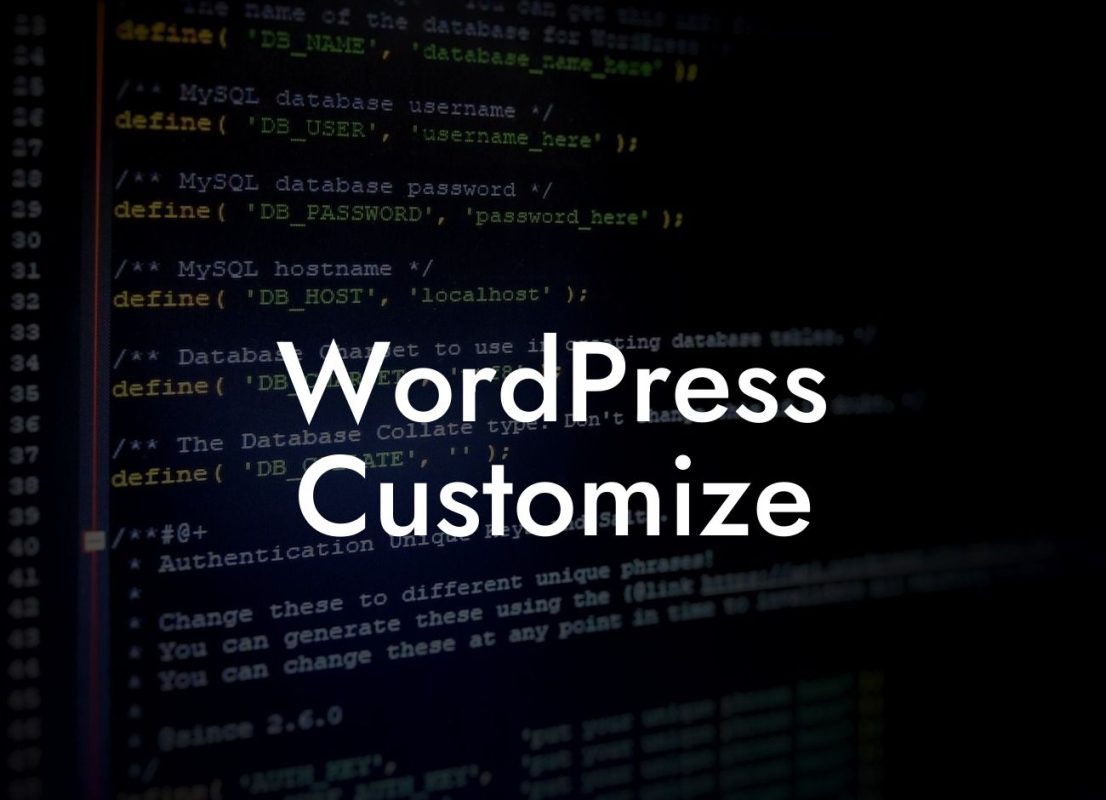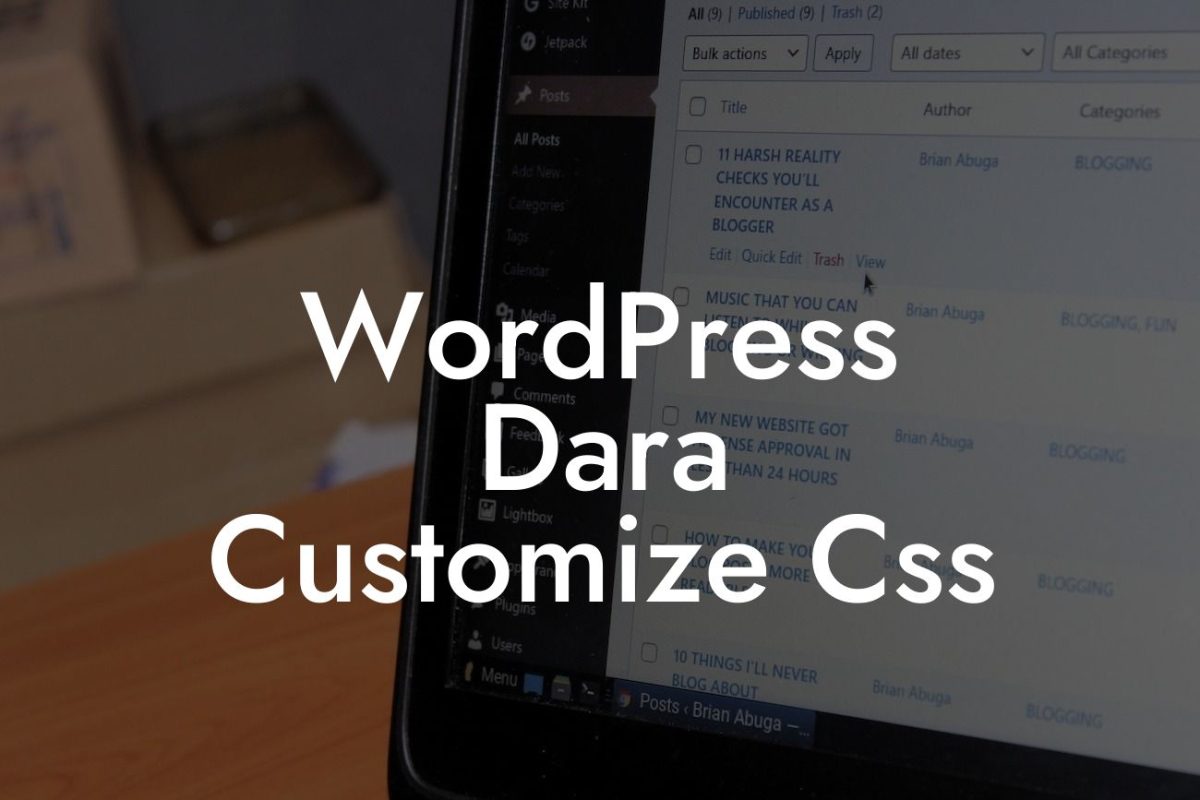WordPress is the go-to platform for small businesses and entrepreneurs looking to establish a strong online presence. Its versatility and user-friendly interface make it an ideal choice for creating highly customized websites. In this guide, we will walk you through the process of creating a custom WordPress theme, enabling you to take complete control of your website's appearance and functionality. Say goodbye to generic templates and embrace the extraordinary with DamnWoo!
Creating a custom WordPress theme may seem like a daunting task for beginners, but with our step-by-step instructions, you'll be able to craft a unique and visually stunning website in no time. Let's dive in!
1. Planning your Theme:
Before starting the actual design process, it's crucial to plan your theme. Consider your target audience, layout preferences, color scheme, and overall style. Sketch out a wireframe or use a prototyping tool to map the structure of your website.
2. Setting Up a Local Development Environment:
Looking For a Custom QuickBook Integration?
To avoid disrupting your live site, it's recommended to develop your custom theme locally. Install a local development environment like XAMPP or Local by Flywheel to create an isolated testing environment on your computer.
3. Structure your Theme:
Create the basic structure of your custom theme by setting up the required files and directories. The main files you'll need are style.css, index.php, header.php, footer.php, and functions.php. Organize your theme's files and folders in a logical hierarchy for easier maintenance and customization.
4. Implementing HTML Structure:
Utilize HTML tags and elements to structure the content of your theme accurately. Use header tags (H1, H2, H3) for headings and appropriately nest elements like section, article, and div to ensure proper semantic structure.
5. Enqueueing Styles and Scripts:
Register and enqueue your CSS and JavaScript files in functions.php to ensure they are correctly loaded. This step is essential for maintaining clean code and optimal performance.
6. Adding Custom Templates:
Create specialized templates for different sections of your website, such as the homepage, blog, and individual pages. These templates will allow you to have unique layouts tailored to specific content types.
7. Customizing the Design:
Inject your creativity into the theme by customizing the design elements. Modify the CSS and utilize frameworks like Bootstrap or Foundation to ensure a responsive and visually impressive theme.
How To Create A Custom Wordpress Theme Example:
Let's imagine you're a freelance photographer looking to build an online portfolio. With a custom WordPress theme, you can create a visually captivating website showcasing your work. Incorporate stunning image galleries, a user-friendly navigation menu, and an easy-to-use contact form to provide an exceptional user experience. Take inspiration from other photography websites, but add your unique touch to ensure your brand identity shines through.
Congrats! You've learned how to create a custom WordPress theme from scratch. Now, it's time to put your newfound knowledge into action. Explore DamnWoo's range of plugins designed exclusively for small businesses and entrepreneurs to supercharge your website's functionality. Don't forget to share this article and check out our other guides for more actionable insights. Your journey to an extraordinary online presence starts here.

